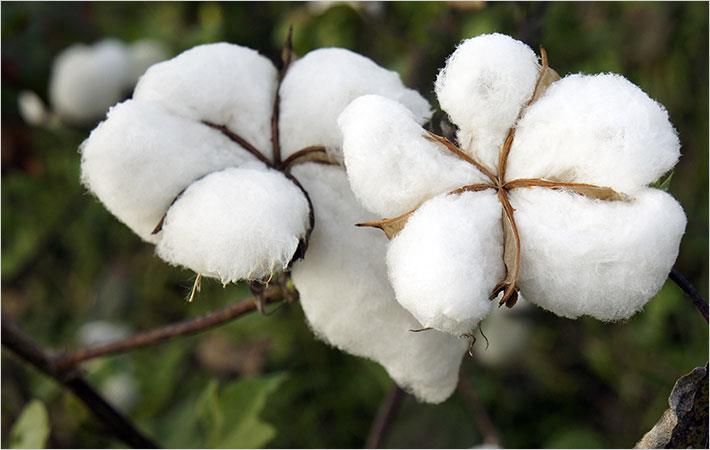Interviews
Cotton can compete with synthetic fibres: UGA survey
12 Apr '17
3 min read

Cotton crop, once called 'king' in Georgia, has the potential to compete with synthetic fibres and will continue to be economically and environmentally feasible in the future, according to a new University of Georgia survey. The survey was intended to find out current status of cotton production and whether its impact on environment can be minimised.
The survey of the cotton industry was carried out by Shannon Parrish, a former graduate student at the UGA Tifton campus, for her master's degree thesis. Parrish wanted to gauge whether growers can improve the crop and minimise its impact on the environment.
"Cotton is a major commodity crop in the US. I don't really ever see cotton not being grown here," said Parrish, who studied under George Vellidis, a professor in the crop and soil sciences department in UGA's College of Agricultural and Environmental Sciences. The research was prompted by global consumer concern over cotton's environmental sustainability, according to Don Shurley, UGA Cooperative Extension cotton economist, who worked with Parrish on the project.
"Over the past 10 years or more, we've lost market share in cotton to man-made fibres. Some people believe that loss in market share is, in part, due to the fact that there are consumers out there who think cotton production is not environmentally friendly," Shurley said.
With funding from the Georgia Cotton Commission, Parrish met with cotton producers across the state and gathered information about their management practices. She calculated data in the field to market Fieldprint calculator, which assigns a sustainability rating for a specific field based on seven different metrics. Everything is based on a scale from 0 to 100, where 0 is the most sustainable, and 100 is the least sustainable.
Once she had the sustainability ratings, she compared them to the national and state benchmarks. Results show that Georgia cotton is less resource intensive than the national benchmarks.
"You consider all the elements that make up cotton farming: a producer's land use; their energy use; their greenhouse gas emissions; if they're irrigating; their water use; their water quality; soil conservation; soil carbon. That's essentially what the calculator looks at," Parrish said.
The second part of her research was to fit producer management practices to the university's cotton production budget, changing only what the producer told her they were doing in the field. For example, Parrish learned of the farmers' pesticide sprays and fertiliser applications and changed those elements in the budget to determine if a relationship existed between profitability and the field print metric scores. She also explored the impact of tillage methods, variable costs, and fixed costs on profit.
"Based on the numbers we have, I don't feel like you could necessarily say cotton is not sustainable. Cotton is competing with synthetic fibres, so what's to say production of synthetic fibres is 100-percent sustainable?" Parrish said.
Cotton production in the US has dropped in recent years. Cotton was planted on 8.56 million acres in 2015, down 22.5 per cent from 2014 and the lowest level in 33 years, according to the UGA Extension 2016 Georgia Cotton Production Guide. It also reported Georgia's cotton acreage dropped 19 per cent in 2015. Georgia cotton was worth $713.1 million in farm gate value in 2015, according to the UGA Center for Agribusiness and Economic Development. (SV)
Fibre2Fashion News Desk – India
Popular News
Leave your Comments
Editor’s Pick
Ata Turgutalp
Eliar Elektronik San. A.S.
Navin Sharma
Yash Textile Machines Private Limited
Kunal Mehta
Kanchi by Shobhna and Kunal Mehta
Susanne Guldager
Label - La Femme Rousse
































-Ltd..jpg?tr=w-120,h-60,c-at_max,cm-pad_resize,bg-ffffff)





.jpg?tr=w-120,h-60,c-at_max,cm-pad_resize,bg-ffffff)
.jpg?tr=w-120,h-60,c-at_max,cm-pad_resize,bg-ffffff)






